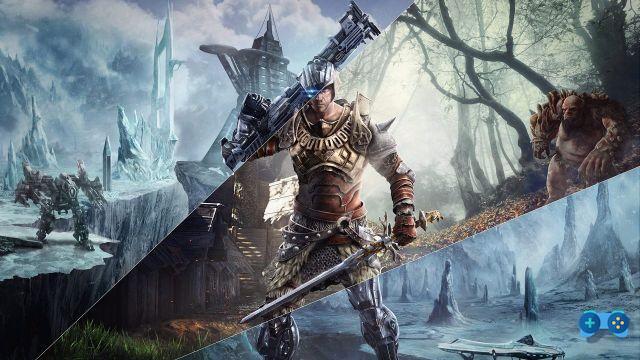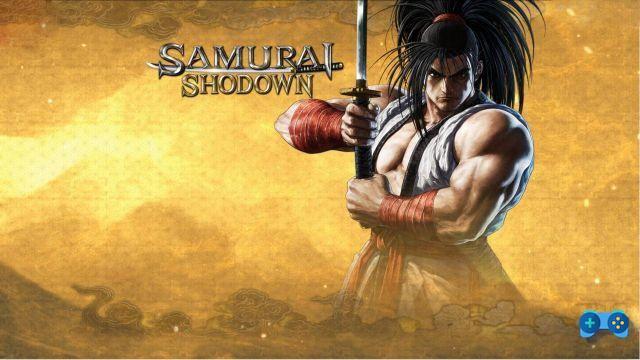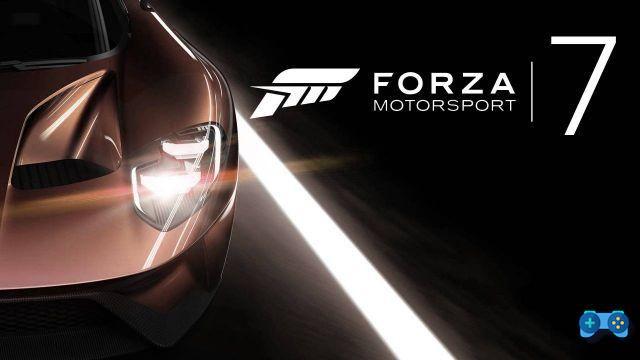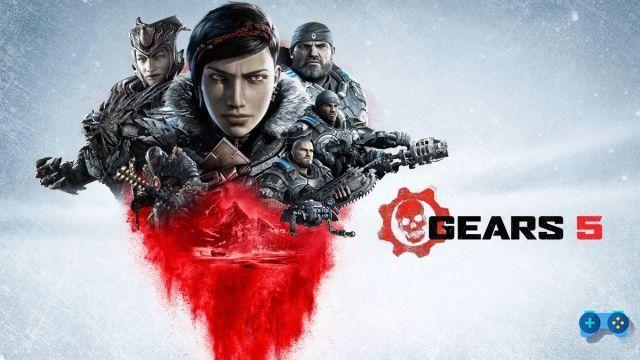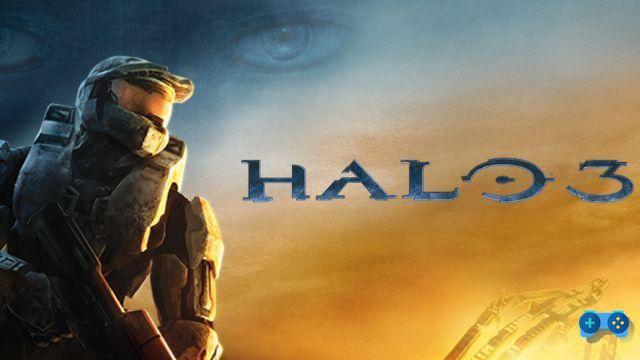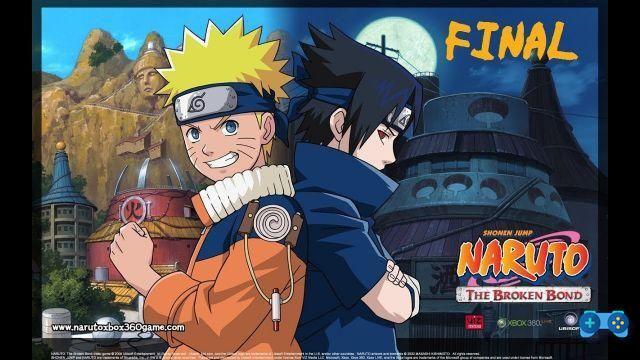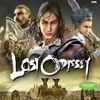
A battlefield, two opposing armies, a millennial mercenary and the history of humanity, this is the beginning of one of the most successful videogame stories in recent years.
Author videogame
A battlefield, two opposing armies, a millennial mercenary and the history of humanity, this is the beginning of one of the most successful videogame stories in recent years. Hironobu Sakaguchi returns to its best forms with the second Mistwalker J-RPG for Xbox 360 and does so with great fanfare thanks to the help of the great Nobuo Uematsu and Kiyoshi Shigematsu. After warming up with the remarkable but not perfectly successful experiment of Blue Dragon, the father of Final Fantasy gives us an exciting new adventure destined to make history and able to give a great JRPG title to the Microsoft home console that has always been looking for an RPG to conquer RPG lovers.
On the plateau of Wohl the armies of Urah and that of Khent face each other, the warring factions use all the weapons at their disposal by also resorting to magical energy, in the ranks of the army of Urha to command the 17th land regiment figure Kaim Argonar, a millennial mercenary who has been carrying out his work from battle to battle since time immemorial.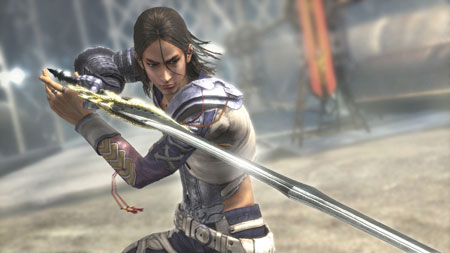
Suddenly a meteorite tears apart the sky above the Wohl plateau, completely destroying the warring armies and their war machines, leaving only the immortal Kaim and the very few lucky soldiers who were at a great distance from the impact site alive. .
Kaim is upset but must return to Urah, on the journey to the city he meets Seth Ballmore, a millennial pirate woman currently enlisted in the ranks of Urah's army and escaped the impact of the meteorite. Arriving in Urah, Kaim is summoned by the republican government of the city which asks him to account for the catastrophe and entrusts him with the task of investigating the possibility of a malfunction of the Grand Staff, a gigantic machine capable of amplifying the power of magical energy, a source of support. main to the magical industrial revolution of the city, whose construction is entrusted to the adviser Gongora, the most powerful wizard of Urah, an immortal being in turn, who has evil wishes about the fate of Urah and the whole world.
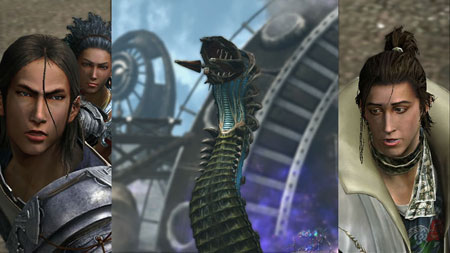
Gongora seems to exercise a certain authority over Kaim and summons him to give him some indications on the mission and to support him Jansen, a slacker and full of humor wizard, directly dependent on him, with the main task of supervising the immortals Kaim and Seth so that they do not remember anything of the their millennial life.
Set out in search of the Grand Staff and the possible causes of its malfunction Jansen, Kaim and Seth will come across six other characters, all controllable by the gamer, able to provide further elements to the story and to gradually unravel the mystery of the life of the immortals and their mission in that world.
A thousand years of emotions
Kaim's life is a millenary odyssey, full of emotions and experiences able to tell the world and its evolution in a mixture of unparalleled realism and romanticism, during the exploration of the world in Lost Odyssey in fact every sound, every small reference, every single scene can bring back memories of the protagonists memories of their past life told to the gamer with a particularly inspired narrative style and the fruit of the pen of the Japanese writer Kiyoshi Shigematsu who was able to make each of the 34 dreams present in the section " A Thousand Years of Dreams ”a work of art that alone justifies the purchase of Lost Odyssey.
The memory of the desert where "countercurrents" live, for example, is the paradigm of stubborn human progress towards the goal despite the unknown, the memory of the little girl at the inn or of the "island of shooting stars" are nothing but pregnant invectives against war and the foolishness of man who for centuries has continually fallen into the same errors. The love story between the woman from the distant continent, who misunderstood, dies of loneliness in her husband's village because she is not accepted by her adoptive family is nothing more than the constant story of man's prejudice towards diversity.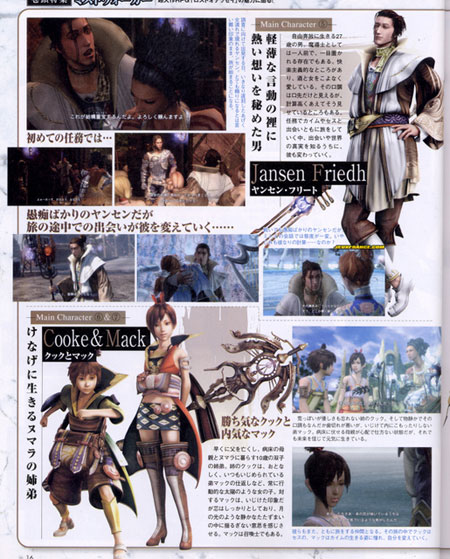
Kaim's life, like that of his partner Sarah and those of Seth and Ming of Numara, are studded with wonderful events and strong emotions capable of tearing the soul of the strongest among men, Lost Odyssey in this sense is the story of the suffering of an immortal being who has had the good fortune to live a thousand years but who suffers the weight of an existence so great as to crush the joy of living and makes him regret the magnificent intense uniqueness that also, and above all, a life short can give: Kaim and his immortal companions have had to suffer through the centuries seeing their loved ones die and the civilizations they belonged to make, from time to time, always the same mistakes without being able to do anything to stop the inexorable course of history.
Turn-based rings
Lost Odyssey is proposed as a role-playing game perfectly in line with the Japanese tradition of turn-based fighting games, taking a few steps back from the recent tradition consolidated on a new generation of consoles as well as introducing some novelty characters without, essentially, overdoing it in both cases.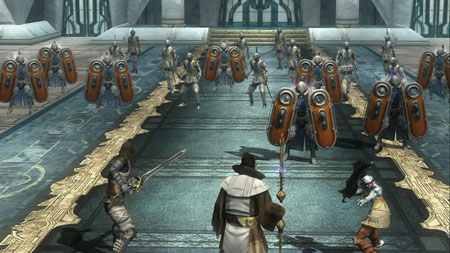
The game consists of 4 DVDs, in the wake of the three discs proposed with Blue Dragon, each of them allows about thirteen or fourteen hours of play, time largely occupied by animated sequences and very well-made interlude films that help to understand the history. The Japanese packaging of Lost Odyssey is a work of art, edited directly by the character designer Takehiko Inoue, who designed the cover, and consists of a box that can comfortably contain the 4 DVDs of the game in two compartments; on the other hand, the edition destined for the European market is the classic box of Xbox 360 games with the added unfortunate and questionable choice of inserting the fourth DVD in a paper bag placed under the game booklet.
The gameplay is perfectly in line with the JRPG games that Lost Odyssey is inspired by, the combat is carried out through the attack and defense rounds, the characters progress from level to level by winning battles and can acquire particular skills, the subquests, among the search for treasures and secondary missions are not lacking, even if they are not particularly complex and noteworthy as they were those present in Final Fantasy.

The attack is divided according to the two categories, physical attack (with weapons) and magical attack (elemental and non-elemental spells), the monsters we will meet in turn will be good at using magic, they will be weak at this or that element or they will have certain characteristics depending on the case, while all our immortal characters if they lose all their life points (HP) during a fight will automatically “resurrect” after a few turns. The physical attack will remain throughout the adventure linked to the advancement of the level, while the magical attacks will be quite varied and divided into 8 levels that can be acquired "by induction". New elements in this field are the "Rings" that can be equipped by each character and that give the physical attack some particular characteristics; the rings can be built by the player using the objects collected during the game and the attack system with the rings, object of criticism of many players for the lack of immediacy, introduced above all to break the monotony implicit in turn-based combat, was not too effective in the face of the constant annoyance of activating it by pressing the right trigger giving life to a minigame, which consists in releasing the trigger at the exact moment of the overlapping of the light rings that appear on the monitor, following which the game system will judge the 'execution of the technique with "Bad", "Good" and "Perfect" which correspond to different levels and peculiarities of damage.
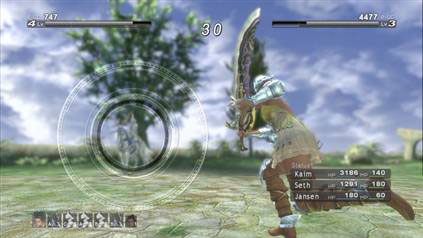
Remaining on the combat system, another important novelty is represented by the Guard Condition line (CG) which consists of arranging the party characters (up to five out of the maximum of nine available) on two lines with different strategy possibilities considering that the first to attack will always be the fastest character and that the front line represents the CG, where the greater the sum of the CG points the less the possibility for the enemy to do damage to your second line. Another element of novelty is represented by the circumstance that particular improvements of the abilities of the millennial characters cannot be learned by simply increasing the level of the characters, but can be acquired by induction by connecting to the individual skills already learned by the mortal characters during the game. (Jensen, Cooke and Mack, Sed) or by connecting to certain accessories.
Among the "pejorative" elements in the genre, on the other hand, we can include the lack of really challenging enemies, the lack of devastating techniques or evocations and the impossibility of choice in facing the enemies if not after the battle with the "flee" option anyway not always effective. In fact, on this front, some improvements had been made with other titles through the elimination of random encounters (which even in Lost Odyssey are not repetitively exhausting) and the representation of enemies on the map.
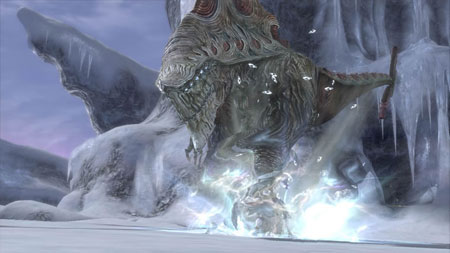
The level of advancement of the characters is finally another of the choices not fully shared, as each level corresponds to 100 experience points that can be acquired by the characters at the end of each battle, but the system is set up so that each area of game there is a "recommended level of advancement" that allows the player to increase two or three levels in a row in a rather easy way (with the clashes that give a high amount of experience points) while when this threshold is reached, the progress of the levels continues to be extremely slow until the next “necessary” advancement. If on the one hand this choice allows you to keep the difficulty at an always stable level so as not to make the clashes excessively simple, on the other it eliminates one of the "pleasures" of role-playing games, that is the possibility of fighting to have a substantially invincible character. .
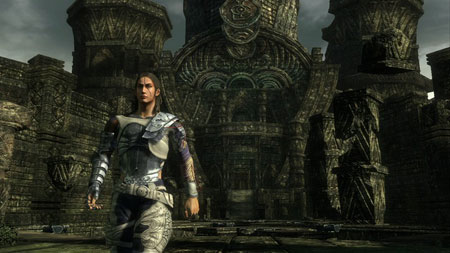
Returning instead to the subquests present, it is easy to notice a total identity between the guidance system of the nautilus and the ship present in Lost Odyssey with that available to Cloud and his companions in Final Fantasy VII as well as the exploration of the seabed, from which we would have expected something more, it is nothing exceptional and innovative.
Odyssey of colors
For attention to detail, the choice in the design of the characters and objects Lost Odyssey fits perfectly into the new generation of videogames with a remarkable overall graphic level. The Unreal Engine 3 graphics engine does its job very well even if in several cases there are defects in the textures and aliasing phenomena with frame rate drops. The main characters are treated in every small detail, from the clothes to the facial expressions that in some cases reveal completely "human" emotions, Kaim in particular was created with taste and painstaking attention to detail, with a refined beauty that clashes with the incomprehensible concept of the immortality of a body that should be over a thousand years old. Gongora, "the villain of Lost Odyssey", was characterized to the point of superimposing his figure on the other four millennial beings, avoiding making his ambition banal and providing him with shoulders worthy of cinematic clichés (think of Jansen and King Tolten).
The same care is not found for all the other characters in the game, from vendors to ordinary citizens, the animations of the spells and attacks do not introduce new features; the cities are well made even if overall the locations are impressively similar to those seen in the different chapters of Final Fantasy, while the futuristic style of the cities, especially Urah, insistently recalls the technological city of Elco in Sudeki.
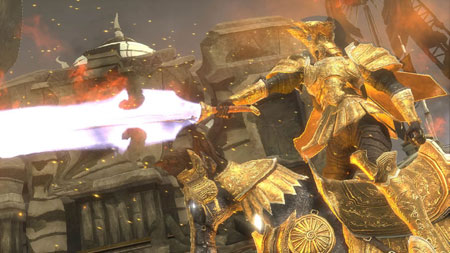
The narration of the story draws heavily on the experience of successful television series with the "squared" division of the screen that zooms the camera on individual aspects or expressions of the characters, a choice that gives dynamism to the frequent cutscenes made in computer graphics that from the beginning do not clearly point out the distinction between the actual game and the movies (at the beginning of the game the imperceptibility of the transition from the presentation of the game to the actual battle is impressive). The details are not lacking, the different objects equipped as accessories by the characters are faithfully reproduced by the game that also readily inserts them in the animated sequences, so depending on the selected accessory we will have earrings, hair clips, glasses and pendants visible on the heads of the characters, all objects which on several occasions make the characters quite funny.
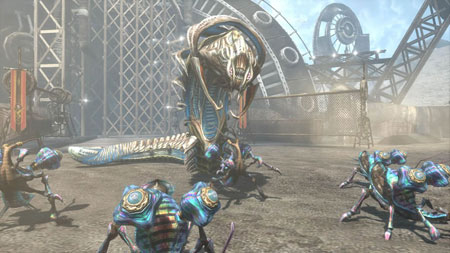
Good choice both of the navigation map of the game, which is composed of three zoom levels and has fixed orientation, and of the navigation map of the world of Lost Odyssey which despite looking rather similar to that of other games shows pleasant graphic effects during the transfer of the party from one point to another on the map, with images of the place of destination proposed in a fairytale style thanks to the "dream" effect of the film.
A millennial soundtrack
Nobuo Uematsu in the composition of the music of Lost Odyssey has surpassed himself and together with the work of Shigematsu has given reason for being to this game. From the first notes of the Main Theme of Lost Odyssey it is easy for anyone to understand that the soundtrack of the title is an important element capable of providing strong emotions, starting from this all the most important tracks are small masterpieces worthy of being mentioned and in able to transform the audio sector into a term of comparison to be reached for the future.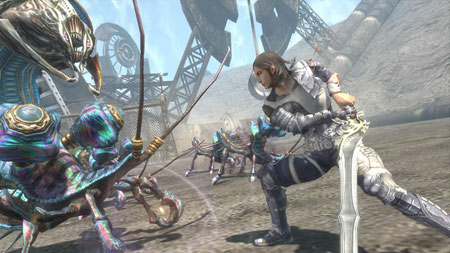
Associated with the vision of the map with a natural propensity to travel is the track "Neverending Journey" which manages to express with sounds the condition of the millennial traveler who crosses the world with a vein of loneliness despite having accumulated unique experiences and knowledge, such as then have a tearjerking function are added "Parting Forever" the trace of one of the most touching moments in history (the funeral of Cooke and Mack's mother), "A Sing of Hope" and the wonderful "A Return, Indeend".
Eclipsed by Uematsu's marvelous work, the sound effects of attacks, spells and objects as well as means of locomotion can only be a detail, which despite being of a good level deserves no more space in our evaluation.
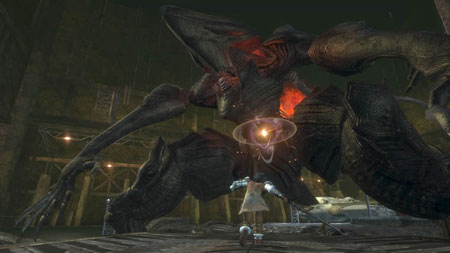
The dubbing has ups and downs, in this regard it should be noted that from the game settings it is possible to choose the audio in Japanese or English, the translations are absolutely faithful and treated in detail: finally in the text there are no trivial errors and appearance more importantly, the stories told by Shigematsu in the “Thousand Years of Dreams” are translated in an impeccable way, with the very difficult result of preserving the poetic pathos of the original texts.
Final considerations
Lost Odyssey as JRPG is not the expected masterpiece, little innovation has been introduced and the game is too slow, the continuous uploads and the lack of power break techniques leave a bad taste in the mouth, but the story put in. feet from Sagakuchi and his, with the music of Uematsu make this game an absolutely recommended title for all Xbox 360 owners.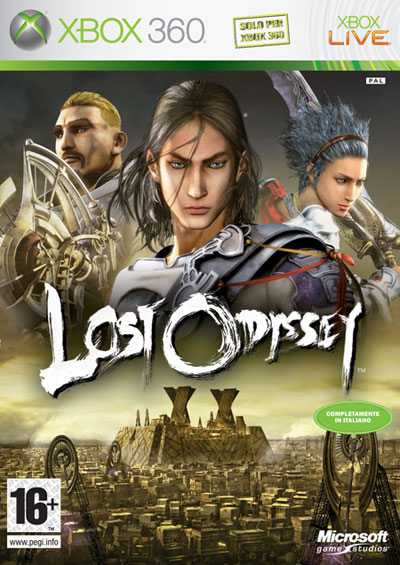
With this in mind, we fully share Sakaguchi's opinion on his Lost Odyssey: “(Lost Odyssey ed) It has already achieved a reputation as the 'first game that made me cry' from Japanese players. I was very pleased with that comment ”, adding only that in our case he was not the first to shed tears, but certainly one of those who made us shed more.
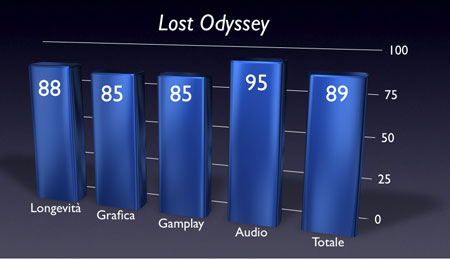
Deprecated: Automatic conversion of false to array is deprecated in /home/soultricks.com/htdocs/php/post.php on line 606





